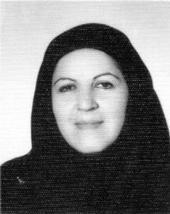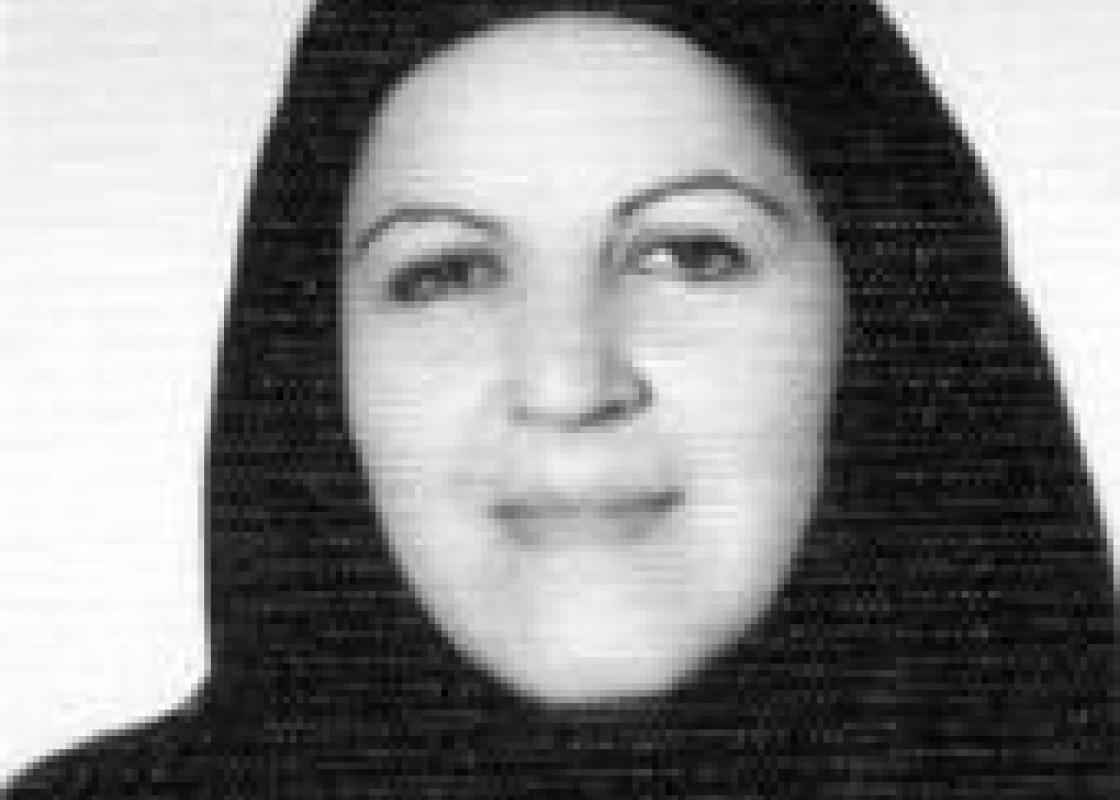
Researcher on women’s issues and criminologist Shahla Moazami interviewed 220 killers: 131 men and 89 women. All were in jail at the time of the interview. Moazami found gender differences in the murder cases. 100% of the men killed their wife themselves, while 67% of the women were assisted by another man in the murder of their husband. Men kill of jealousy; the women want to get out of the marriage.
Iranian laws are based on the shari’ah-laws, which in turn is founded on Islamic holy writings. According to Iranian law a man can kill his wife without punishment if he catches her with another man. But there must be witnesses to the incident – four men. If these criteria are not fulfilled, the man will be punished and might face death sentence. However, when a woman finds solid proof of her husband’s unfaithfulness, she has no right to kill, but can go to court and ask for divorce.
If a woman can prove her husband’s violence by, for example, getting statements from a doctor, she can be granted divorce. But a man cannot be sentenced for violence against his wife, and the police seldom act when a woman complains about her husband beating her. Both the police and the courts will send the woman back to her violent husband. Moazami tells that there is little knowledge among most women about their rights and they are not aware that violence can be a valid reason for divorce – however, this process is long and it can take up to five years before divorce is granted.
Divorce is also difficult for women in Iran, Moazami says, because most women are economically dependent on their husband and besides the father automatically gets parental custody and she looses her children. Moazami tells that the new generation of educated women divorces their husbands more often when they face violence in their marriage. They manage better on their own.
Women who kill
From her interviews Moazami found a clear and common pattern in the stories of the female killers. The women married young, often 12-14 years old, and they had from 5 to 7 children. At the time of the murder their average age was 29 years old. Many of them tell that their husband had lost interest in them, and they felt that their beauty was fading. When a new man takes an interest in them, they fall easily for him. The law gives women few possibilities to get a divorce, and the murder of the husband is planned and done together with the new boyfriend. Only 33% of the women did the killing on their own. Moazami also found cases where women, sometimes with the assistance of their daughters, killed a violent husband.
Moazami thinks there are several structural causes to spouse killing. She mentions poverty, illiteracy, traditional opinions and Iranian women’s position in marriage and society. Young marriage age is also important. Moazami thinks that the women were too young to understand marriage when they married at 12-14 years old, and it was difficult for them make their own demands.
Islam has two traditions, Sunni and Shi’a. Iran is mainly Shi’a, but some areas of the country have large groups of Sunni Muslims. In these areas there are fewer spouse killings, which Moazami relates to the fact that divorce is more easily obtained in the Sunni tradition, for both sexes.
Men who kill
The men’s average age was 40 when the murder was performed. The men had married when they were 22-24 years old with women ten years their junior. Polygamy is practiced in Iran, and 14% of the men had two wives, of which one was killed. 2% of the men had three wives, and killed one of them. 32% of the men were married for the second time. All the men Moazami interviewed had done the murder by themselves. The men gave their wives unfaithfulness as motive for the murder, but often it was more suspicion of adultery than actual events.
Moazami tells that murder of wives is more common in Southern Iran, where many people of Arabic descendant live. There the age difference between the spouses is larger, and jealousy killings are more common there than in the rest of Iran. When Moazami interviewed female killers in the south, the women told that they did not want to be released from prison. They were afraid that their family would kill them. Many women asked the prison authorities of transfer to prisons in other parts of Iran, something which they usually were granted.
Blood price, punishment and the responsibility of the children
In murder cases blood money is used at punishment in Iran. If a man is killed, he has to pay the victim’s family RLS 180.000.000 in compensation. But the blood price of a woman is half of a man’s. Murder is partly dealt with under civil law in Iran. The State has a minimum of two years jail verdict. The victim’s family can either demand the death penalty or blood money. If the family demands death penalty, they have to pay the relevant blood money to the executed person’s family. In cases of spouse killing, when there are children in the marriage, the children are the ones who determine the faith of their living parent. The logic of the court is that the children own the family’s blood. The parent will stay in prison until the daughters become nine years old and the sons 15.
When asked how a nine-year-old child can decide on the execution of their father or mother, Moazami answers dryly that according to Islam, a girl can marry when she is 9 years old, and thus make adult decisions. But she adds that there is a proposal to change the law and the age limit in these cases to 13 years for girls. Moazami tells that in most cases the children set their parent free, but the children have to agree on this matter. Often the adults of the victim’s family make the decision for the children.
Many killers cannot afford the blood price. Then they have to remain in jail until they come up with the money, but this might take many years. Moazami cited cases where people stayed in prison until they died because of lack of money.
Moazami claims she sees a new trend in that the courts themselves have started to rule out the death penalty.
Moazami tells about a case in the city of Efsahan. The husband was unemployed and went to Tehran to find work. When he came home, the neighbour told him that his wife had a lover. The husband confronted the wife and beat her. The wife told him angrily that four of the seven children had other fathers. The husband killed both the wife and these four children. He was sent to jail, and awaits the decision of the three living children whether he will be executed or not.
Honorary killing
Moazami knows the case of Fadime in Sweden and the discussion on honorary killings. In her opinion there are few honorary killings in Iran. She thinks this is not a part of Iranian culture, but she says it has happened in areas with Arabic influence. She also thinks it was more common before, but that girls of today run away before they are killed. Young women no longer stay in the villages when they face unwanted marriages or threats of revenge from their family when they have been disobedient. They leave or run away. Honorary killings were more common ten years ago. But Moazami also adds that she has less knowledge of honorary killings, because the court will set the killer free.
Nina Kristiansen is director of KILDEN, Norwegian Information and Documentation Centre for Women's Studies and Gender Research. She stayed for five months in Iran in the spring of 2003.
Shahla Moazami was born in 1947 in Efsfahan province. She completed her master’s degree in criminal law taking prostitution as her thesis with her PHD in criminology at the University of Tehran.
Moazami is an associate professor at the Faculty of Law and Institute of Criminology at the University of Tehran. She has done research on violence against women, run away girls, violence against women in work and alternative punishment for women and spouse killings. Presently she is working on a research project about the effects of death penalty on the women in the family.
Last year Moazami published a book on family law for young girls. The book was published with support from the Presidential Office for Women’s Participation. After six months the Ministry of Education banned the book. A female religious clergy thought that the book was not ”suitable” and the official reason was that a book on family law should be for both sexes, a not only girl. But Moazami thinks that the issue was more; that it should be the exclusive right of the clergy to teach family law. However, it was decided that the book be used as a teacher’s guide and be thought for both girls and boy student.
